These Indonesian islands outshine Bali
If you’ve reached peak Bali, Indonesia’s relatively untapped islands are calling for fans of volcano hikes, spectacular dives and luminous resorts embedded in forests or set by beaches.
My arrival in Bali was like so many before. From Denpasar airport, I joined the slow crawl along traffic-choked streets, inhaled the scent of incense and sticky-sweet smoke and marvelled over elegant kebaya-clad women riding side-saddle on scooters with fruit on their heads. The Galungan festival had just started, celebrating the victory of good over evil according to the Balinese Hindu faith, and the streets were lined with penjor, gracefully curved bamboo poles festooned with palm leaves and artistic offerings. The mood was, as always, joyous, welcoming, and deeply spiritual.
But on this occasion my destination would not be Seminyak, Canggu or Ubud. Instead, I was branching out from the well-trodden paths altogether. While most of us prioritise the Island of the Gods, there’s so much more to Indonesia than Bali. It’s the largest archipelagic state in the world, a constellation of some 17,500 islands, and most of them remain largely insulated from tourism. My plan was to focus on three scenic national parks – in Menjangan, Bromo and Komodo – and to stay at nearby Plataran resorts. The company owns hotels on some of Indonesia’s most-prized parcels of land, giving visitors rare access to many of its spectacular natural wonders.
“Indonesia has natural potential, biodiversity, and a strong traditional and historical heritage,” Yozua Makes, Plataran’s Jakarta-born founder, told me. Starting with a property in Canggu in 2009, the group now has nine hotels and resorts and a smattering of restaurants across the country. My journey would flit between three resorts, in West Bali, Java and Flores. “We’re blessed with world-class ecotourism sites,” added Makes. As we transferred to the first, Plataran Menjangan Resort & Spa, slipping away from the island’s familiar sights, we entered the dense tawny bush of the West Bali National Park, fringed by crystal-clear waters and neon-flecked coral reefs.

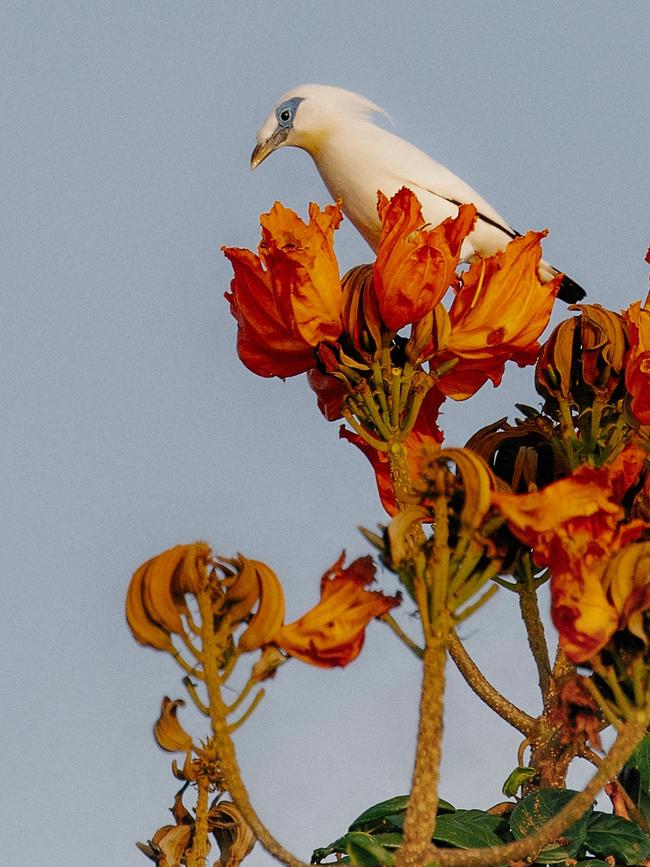
-
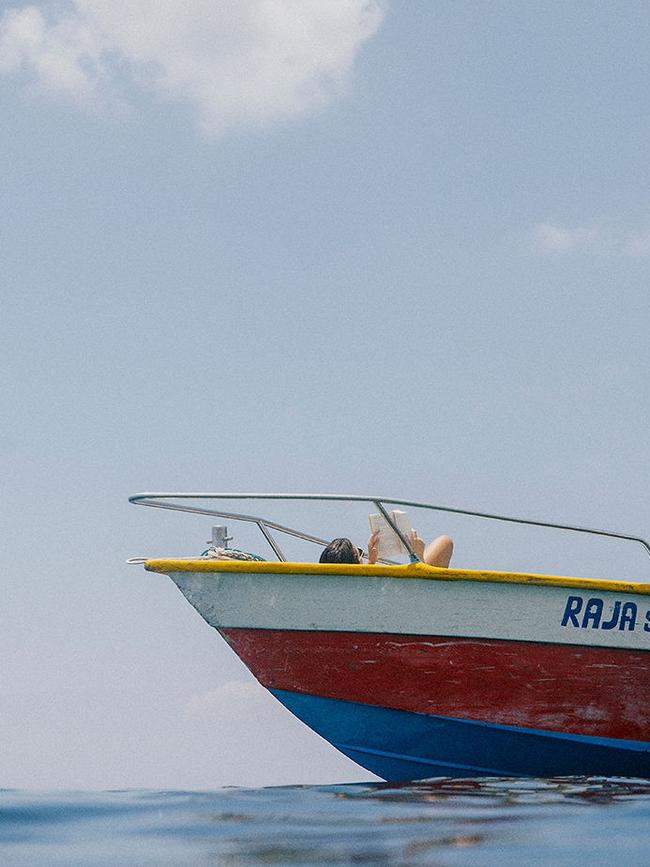
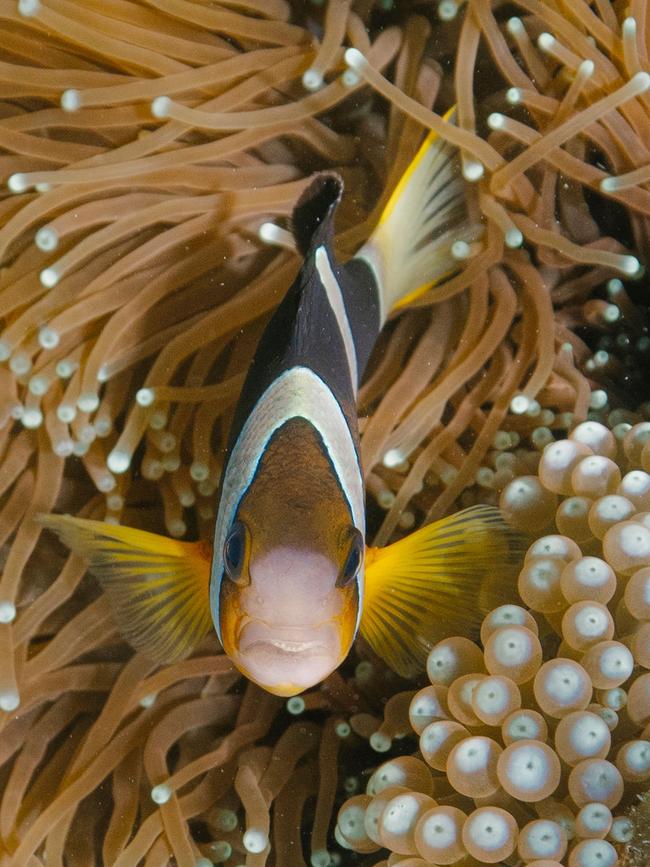
Rising across the blue ripples of the Bali Strait was a smudge of mist-veiled Javanese mountains, so close that the resort is split into two time zones – Java’s and Bali’s. It reminded me of jam karet, the Indonesian concept of “rubber time”, an elastic approach to timekeeping. Depending on where you are in the resort, you’re either an hour early or an hour late. One morning, I went on a ramshackle boat to nearby Menjangan Island, and snorkelled in the Listerine-blue sea where technicolour fish fluttered between thriving coral and pink sponges. Notably, the resort has been part of coral and mangrove planting initiatives, which have helped to reverse the effects of blast-fishing from years earlier.
Set in lowland forest of wiry bushes and luxuriant trees, each of the 17 standalone villas – some on the waterfront, others enveloped in greenery – are built in the local joglo style, with teak pillars, shingled pyramid-like roofs, and intricately carved and hand-painted doors. Inside, romantic four-poster beds with billowy veils and outdoor bathrooms with deep tubs are juxtaposed with earthy, hardwood floors. Outside, herds of rusa deer graced the manicured lawns and the forest vibrated with birdsong, including that of the endangered blue-eyed Bali starlings. But the animals to be vigilant about are boisterous long-tailed monkeys. One evening, my door slightly ajar, a marauding macaque dashed into my bungalow for a few frantic seconds. Slingshots are part of in-room amenities and an essential deterrent.
The next day, I ventured to Java, one of the busiest commercial centres in Southeast Asia but harder to reach than one would think. Just across from western Bali, East Java was technically a swift 45-minute ferry over the Bali Strait, but that doesn’t take jam karet into account. To reach the island’s mountainous spine, it was easier to loop back to Denpasar for a flight to Surabaya, the capital of East Java, followed by a few hours in a car winding uphill. Collected by guide and butler Gusti Dandi, we ascended to our eyrie, Plataran Bromo, on the edge of Bromo Tengger Semeru National Park.
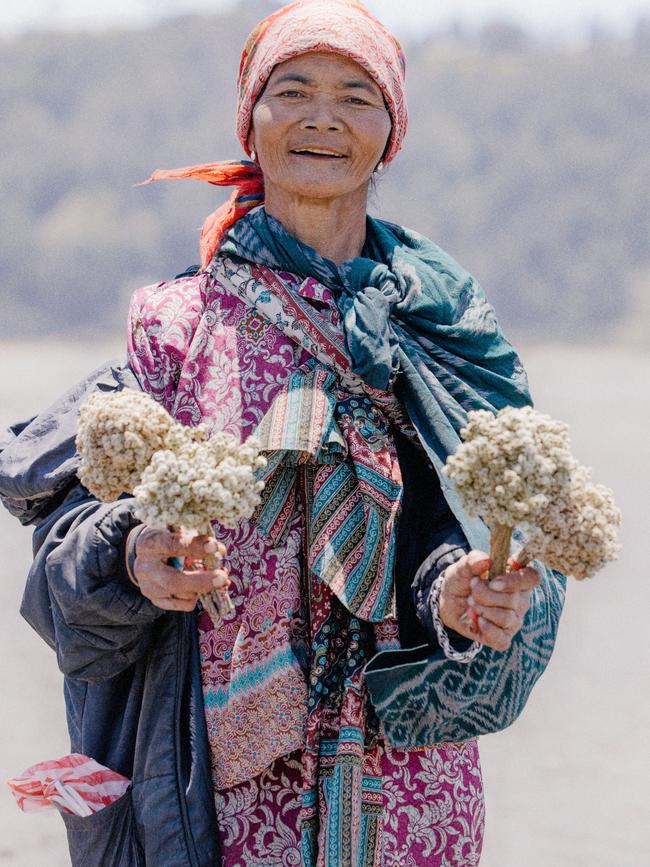

-
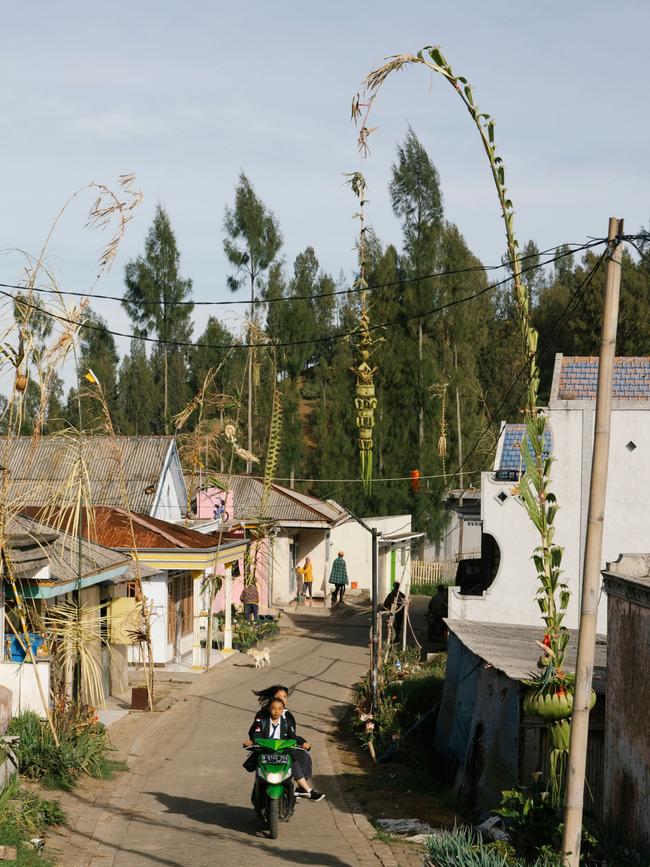

After each sharp bend appeared a misty forest village dotted with faded Hindu temples. Here, in the highlands of Java, the Tenggerese people are the only remaining Javanese Hindus since the fall of the Majapahit, one of the last Hindu-Buddhist kingdoms in Indonesia, which rose in eastern Java and extended its power to Bali in the 15th century. The massive park combines volcanic craters, petrified forests, lost valleys, and savannahs. It is an otherworldly setting, whose ash clouds and intense colours could have been daubed by a master painter, and a haven for hiking, including one trail that leads up to the top of a volcano.
Set at about 2300 metres, Plataran Bromo is a handsome alpine retreat arrayed in dark local ironwood, rattan accents and Indonesian craftsmanship. My balcony overlooked conifer-covered mountains and agricultural plots, established by the hotel for local farmers to plant their own potato and cabbage crops. The next morning, draped in cashmere, I clambered into a vintage Land Cruiser, heading to watch the sun emerge over Mount Bromo from a hut pitched on stilts on the hillside with a few others. As we sipped hot chocolate, the first peach shades of light illuminated the active volcano and surrounding caldera. It was like witnessing the sheer scale of time, as the ancient black ridges were bathed in iridescent hues.
Back in our rusty jeep, we rattled across to the base of the volcano and into a vast black plain called the “Sea of Sand”. The tranquil morning had by now evaporated into a chaotic scene that was equal parts Mad Max and Burning Man. Galloping pink-haired ponies and local Tenggerese people in bedazzled masks offered the crowd of visitors horse rides to the mouth of Bromo. Scooters revved and whirled in circles, kicking up plumes of black dust. A striking woman, with sculpted cheekbones and the air of an off-duty model in an indigo sarong and oversized bomber, purveyed bunches of dyed edelweiss. We zipped by a low-lying temple, carved from black rock, where Tenggerese worshippers gather to pray before flinging their offerings into the hungry mouth of the volcano.
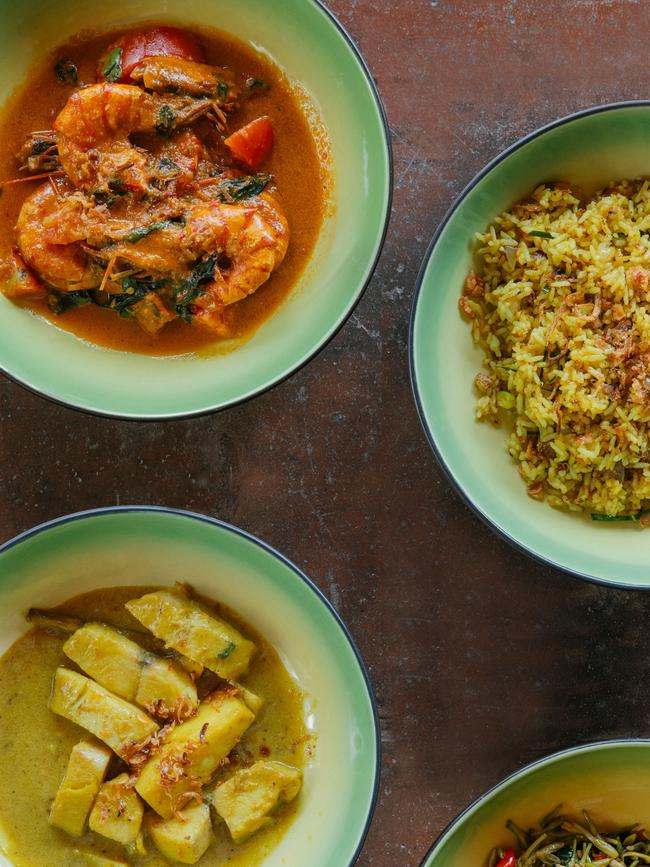

-
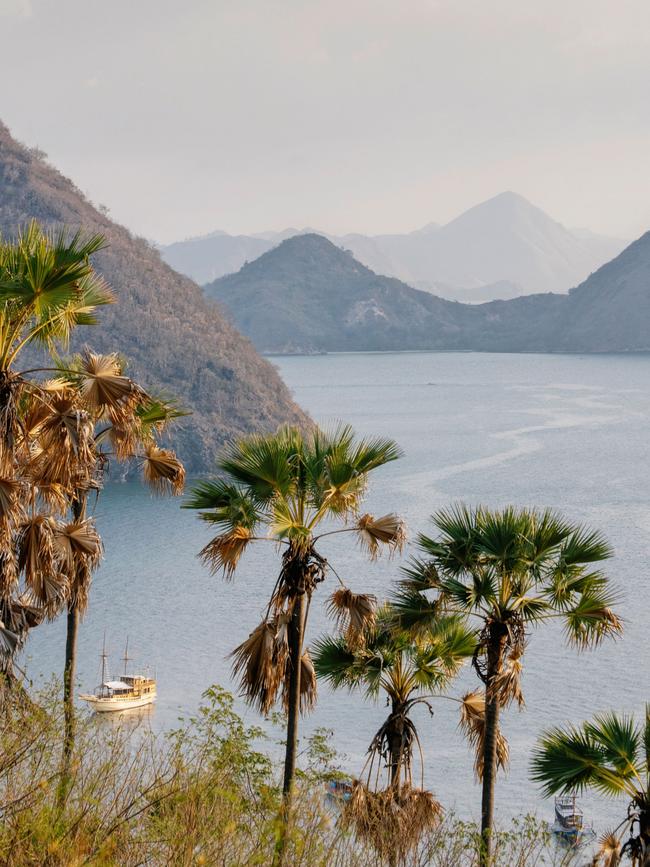
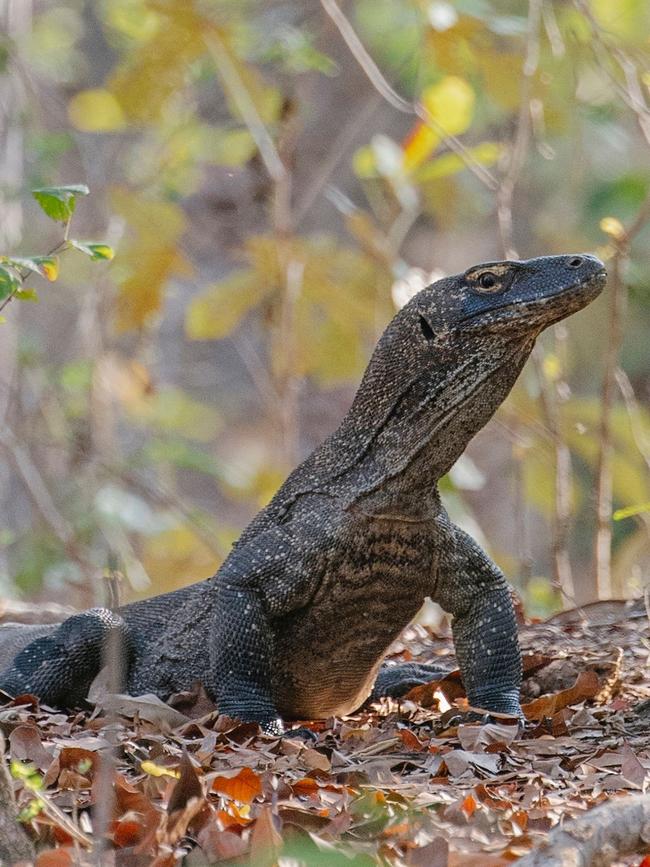
Another flight, another world. Labuan Bajo is a fishing town on the western coast of Flores, and the gateway to Komodo National Park. The park is actually a cluster of volcanic islands, which have drawn divers and explorers for generations. Visitors flock to Labuan Bajo for its mirror-like caves, winding trails and phinisi boat excursions to watch manta rays glide through the waters. It’s a lively locale with bamboo guesthouses, izakayas serving fresh sashimi, and bars slinging beers and sopi, a sweet and tangy liquor distilled from palm sap. We stopped at a popular lookout where teenagers leaned against shiny scooters and breathed in clouds of tutti-frutti-scented vapour.
Though only a brief drive from the airport, Plataran Komodo occupies its own isolated cove on a biscuit-hued beach. The 22 rooms, in a similar traditional joglo style, ranged from standalone beach bungalows to stilted private pool villas in their own patch of hillside, and a grand residence where even the president of Indonesia once stayed. At one of its three open-air restaurants, I became addicted to fragrant plates of nasi tibu, the bamboo-baked sticky rice infused with turmeric, coconut cream and lemongrass. Colourful salads of papaya flower and cassava leaves, seasoned with garlic and turmeric, were a revelation, too.
The next morning, I boarded a speedy cabin cruiser to explore the Flores Sea. Kelor Island emerged as a pancake of white sand with pristine turquoise water and a psychedelic underwater scene. We pulled up by another coral-studded reef and followed two slow-mo turtles – their heads as big as green coconuts – as tour guides through a garden of glittering clams and pearl-tipped forests. Next, it was time to face the giant dragons. Aside from Komodo, the ancient lizards are also endemic to a few other islands including nearby Rinca.
The tropical foliage of the mainland had been faded by the dry season into a safari-like park of savannah grassland with greenish-yellow hills. Our cheery young guide waved around his forked stick and shared handy facts. The most alarming one was to run in a zigzag if pursued by one of the Jurassic reptiles, which despite their stumpy legs can reach speeds of up to 20 kilometres per hour. No less than two metres away, we spotted a few slumbering giants, so still they looked carved from stone. One of them opened a single eye and twitched its muscular tail, which was enough to have me criss-crossing back to the boat. At sunset, colonies of fruit bats created a Rorschach test in the pink sky. To me there was only one way to interpret the inky patterns and that was that Indonesia is supremely underrated.
The writer was a guest of Plataran. The company offers a nine-day Trail of National Parks itinerary, staying at three of its resorts, including accommodation, meals and excursions for two for around $6000. plataran.com

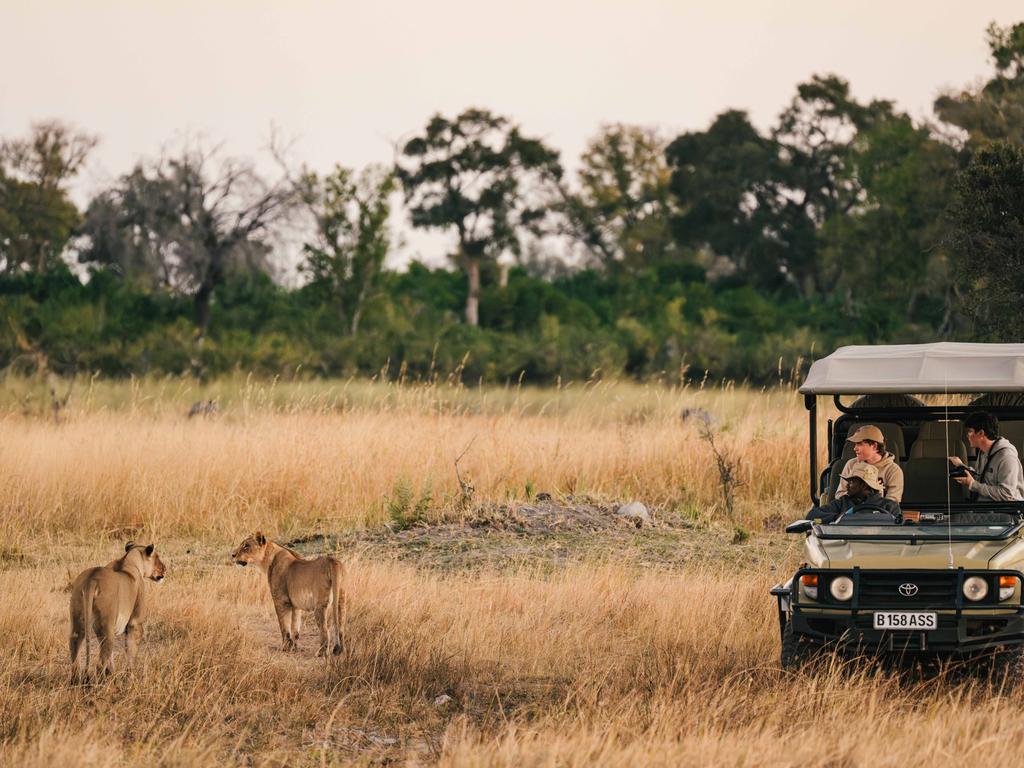

To join the conversation, please log in. Don't have an account? Register
Join the conversation, you are commenting as Logout